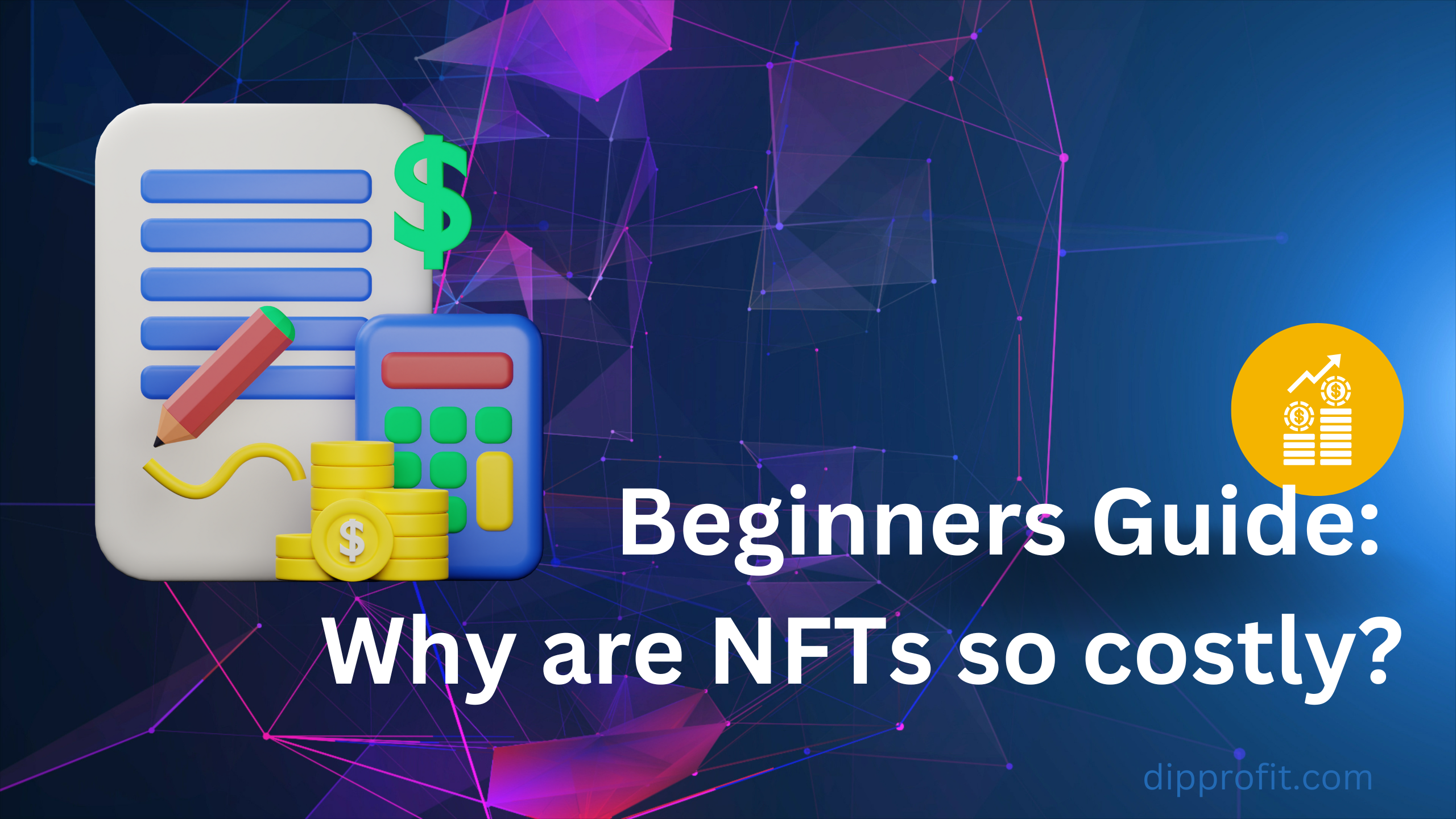

In recent months, you may have seen headlines about NFTs selling for millions of dollars.
For example, when an NFT of a digital collage by an artist sold for $69 million, and an NFT of a digital painting by the artist Mike Winkelmann (aka Beeple) sold for $6.6 million.
So what are NFTs, and why are they so expensive?

NFTs are non-fungible tokens, which means they are unique digital assets that cannot be replaced or exchanged for another asset. They are often used to represent ownership of digital artwork, music, private access, trading shares, or other online content.
Since they are unique, they can be used to represent ownership of valuable digital assets. And because they are useful for representing ownership, they are in high demand from collectors and investors.
So if you’re wondering why NFTs are so expensive, it’s because they are rare and useful digital assets that can be used to represent ownership of valuable online content.
They have been gaining a lot of attention lately – but not all of it is good. These digital assets have been criticized for their high prices and lack of utility, with some even calling them a “bubble”. So, what exactly do these NFTs do and why are they even a thing?
In this blog post, we will explore the world of NFTs, their costliness, and whether or not they are worth the investment.
See also: Utility NFTs meaning and their Use Cases
NFTs and Scarcity
NFTs are digital assets that are unique and cannot be replicated. This rarity is what makes them so costly.
When an NFT is created, it is stored on a blockchain – a decentralized ledger that records all transactions – and can be bought, sold, or traded like any other asset.
The value of a digital artwork such as an NFT comes from its scarcity and the fact that it is unique. There are a limited number of NFTs available and new ones can only be created by the original artist or creator. This makes NFTs a valuable commodity and drives up the price.
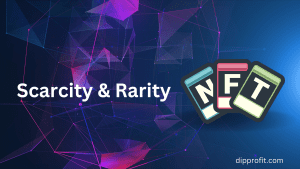
The record for the most expensive sale was set in February 2021 when an audio clip known as “A Cat’s Symphony” was sold for $600,000. The buyer was CryptoPunk #7523, an anonymous collector who purchased the 10-second clip from musician Beeple (aka Mike Winkelmann).
Over time, these high costs ranging to thousands of dollars have made people question their value. However, others believe that NFTs are worth the money because they offer true ownership of digital assets and can’t be replicated or stolen.
How are these NFTs created?
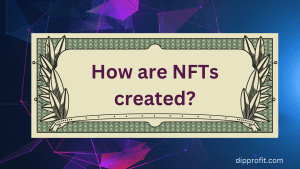
The creation of NFTs involves a lot of phases depending on what is being minted and what’s not. For a unique digital artwork such as a painting, the process should go like this:
Choose a blockchain platform: Select a blockchain that supports NFTs. Ethereum is the most popular platform for NFT creation and sales, but other platforms like Binance Smart Chain and Flow are also gaining popularity.
Choose an NFT marketplace: Choose an NFT marketplace that suits your needs. Some popular NFT marketplaces include OpenSea, Rarible, and SuperRare.
Create a digital asset: Create a digital asset that you want to mint as an NFT. This could be anything from a piece of artwork, music, video, or any other digital file.
Convert your digital asset to an NFT: Convert your digital asset to an NFT on the blockchain platform of your choice. You can use a smart contract to do this, or you can use an NFT minting service provided by your chosen NFT marketplace.
Add metadata: Add metadata to your NFT, which provides information about your NFT such as its name, description, and other relevant information.
Set the price: Set a price for your NFT. This can be a fixed price or an auction-style sale, depending on the NFT marketplace you choose.
Mint your NFT: Mint your NFT by submitting it to the blockchain. This is done by paying a small transaction fee in the cryptocurrency used by the blockchain platform. eg. OpenSea
List your NFT for sale: List your NFT for sale on your chosen NFT marketplace. Also, promote your NFT through social media and other marketing channels to attract potential buyers.
Transfer ownership: Once your NFT is sold, transfer ownership of the NFT to the buyer by transferring the token to their Ethereum wallet.
See also: 8 Steps to Submitting your first NFT Drop
Now that we’ve checked out all the boxes on creating an NFT, let’s take a quick look at the prices of NFTs on the market.
How much does an NFT cost?
Are you thinking about developing an NFT but unsure of the price tag?
Since non-fungible tokens are still in their infancy, there is a wide range of pricing for minting and listing them.
In this section of our blog article, we’ll look at the expenses related to producing an NFT, such as minting fees, gas expenses, and charges for producing the artwork.
Also, we’ll offer some advice on how to minimize expenses and increase the potential ROI for your NFT collection
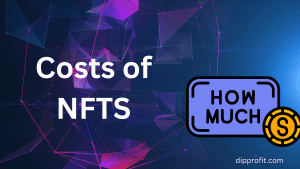
NFTs have been sold for as little as a few dollars and as much as millions of dollars. The prices can also vary depending on the cryptocurrency used to purchase it, as the value of cryptocurrencies can fluctuate without caution.
A non-fungible token can be created for a variety of prices, depending on the complexity of the media or artwork, the platform being utilized, and the costs involved in minting and listing the NFT. These are some broad ideas to keep in mind:
The process of establishing an NFT often requires minting, which is the conversion of your media or artwork into a one-of-a-kind digital asset. Depending on the platform you select, minting costs can range from a few dollars to several hundred dollars.
Also, if you’re hiring an artist to create a piece of art for your NFT, you’ll need to account for that expense.
It is challenging to give a precise budget for developing an NFT in considering all of these factors. But, you should budget at least a few hundred dollars for minting fees and gas costs as a general guide. You must take into account the artist’s fees if you are also hiring them to create the artwork.
The actual cost of production of an NFT may also include costs associated with the creation and distribution of the asset, such as equipment, software, and marketing expenses.
These costs can vary greatly depending on the specific artist or creator and the tools and resources they use to create their work.
As mentioned before, the cost of creating an NFT can range from a few hundred dollars to thousands of dollars or more, depending on various factors.
For example, a digital artist may need to purchase expensive software like Adobe Creative Suite or hire a programmer to create a custom smart contract for their NFT.
Additionally, marketing and promotion costs may need to be considered, such as creating a website or social media presence to promote the NFT.
It’s important to note that while creating an NFT may involve some upfront costs, it also has the potential to generate significant profits if the NFT is popular and in high demand.
So a rough estimate on the cost of production and minting of an NFT is about $0.09 to $10,000 even $500,000.
Where Can I Get NFT Prices?
Well, you could always hire a team of highly trained llamas to constantly update you on the latest NFT prices in real time.
These llamas would be equipped with special computer screens strapped to their backs and trained to relay information to you through a series of complicated dances and sounds.
It might not be the most practical solution, but it would certainly be entertaining!

Or, you could just check out some popular NFT marketplaces like OpenSea or Nifty Gateway, which offer live prices for NFTs being sold on their platforms.
You could also follow some popular NFT collectors or influencers on social media, as they often share insights and updates on the latest NFT trends and prices.
Just make sure to do your own research and only invest in NFTs that align with your personal interests and financial goals.
I repeat, just make sure to do your own research and only invest in NFTs that align with your personal interests and financial goals.
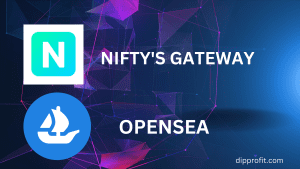
Are NFTs a good investment?
It’s no secret that they have been making waves in the cryptocurrency world. These unique digital assets have introduced a new level of rarity and scarcity to the digital realm, and as a result, they’ve become extremely popular and valuable.
One of the most common questions we get here is whether or not they are a good investment. And unfortunately, there’s no easy answer.
Well, let me put it this way: investing in NFTs is like playing a game of hot potato, but with digital art. You never know when the music will stop, and the potato will get too hot to handle.
On a more serious note, they are a good investment for those who are willing to do their research, take calculated risks, and have a strong stomach for volatility.
Because the value can fluctuate and reduce greatly within a second based on various factors such as the popularity of the artist or creator, the uniqueness of the artwork or asset, and the overall demand in the market.
While some NFTs have sold for millions of dollars, it’s important to remember that the NFT market is still relatively new and untested, and there is no guarantee of success.
Additionally, investing in NFTs should always be done with caution and as part of a well-diversified investment portfolio.
In short, while investing in NFTs can be exciting and potentially profitable, it’s not for everyone and should be approached with a healthy dose of skepticism and a willingness to do your homework.
What can I do with an NFT?
Think of an NFT as a digital trading card or collectible, like a rare baseball card or a limited-edition action figure.
Just like you can hold onto a collectible for sentimental value or sell it to a fellow collector for a profit, you can do the same with an NFT.
For example, imagine you buy an NFT that represents a digital painting by a famous artist.
You can display the painting on your computer or phone, show it off to your friends, and even sell it to another collector for a higher price if the value of the painting increases.
But NFTs can also come with some unique perks that physical collectibles can’t offer.
For instance, some NFTs include access to exclusive content or experiences, like a virtual concert or a backstage pass to meet your favorite artist.
So, in short, with an NFT, you can own a piece of digital art or content, display it, trade it, and potentially even unlock exclusive perks or experiences. Just like with any collectible, the value of an NFT can go up or down over time, so it’s important to do your research and invest wisely.
Uniqueness of an NFT
Unlike cryptocurrency, which can be divided into smaller units, NFTs cannot be divided or exchanged for other assets. This makes them more like traditional collectibles, such as Pokémon cards.
The uniqueness of an NFT is determined by its smart contract, which is a program that contains the rules for how an NFT can be bought, sold, or transferred.
This smart contract also determines who owns an NFT and how it can be used.
For example, some NFTs give their owners the ability to access exclusive digital content, while others may allow their owners to vote on important decisions made by an organization or a popular fashion brand.
The cost of an NFT depends on a number of factors, including its rarity and the value of the underlying asset.
For example, an NFT that represents a piece of rare digital art may cost more than an NFT that represents a less rare digital image. Similarly, an NFT that gives its owner the right to vote on decisions made in a company or a firm will be more costly than an NFT without a utility
Final Words
In conclusion, creating an NFT can be a great way to showcase your digital artwork or media and potentially earn some income.
However, it’s important to review all the costs involved in creating one and how to maximize your investment.
By asking yourself some questions and taking a thoughtful approach to NFT creation, you can create a successful and profitable digital asset.
Don’t forget to research the various platforms available and consider the benefits and drawbacks of each. With some careful planning and attention to detail, you can create an NFT that stands out and attracts potential buyers.